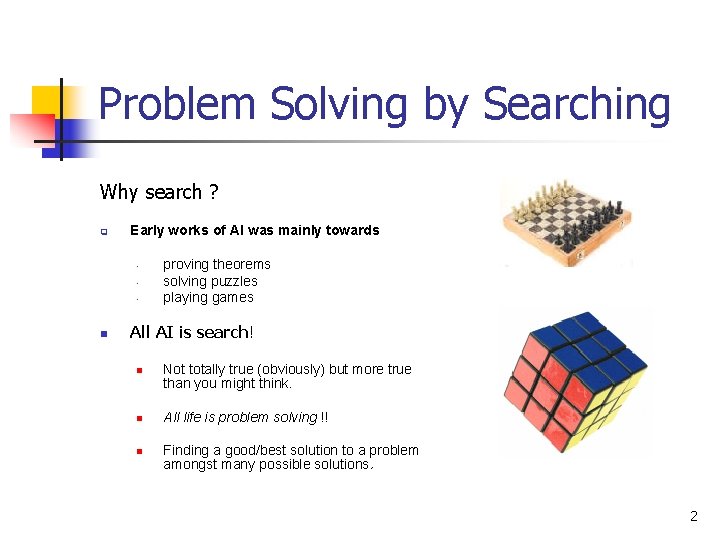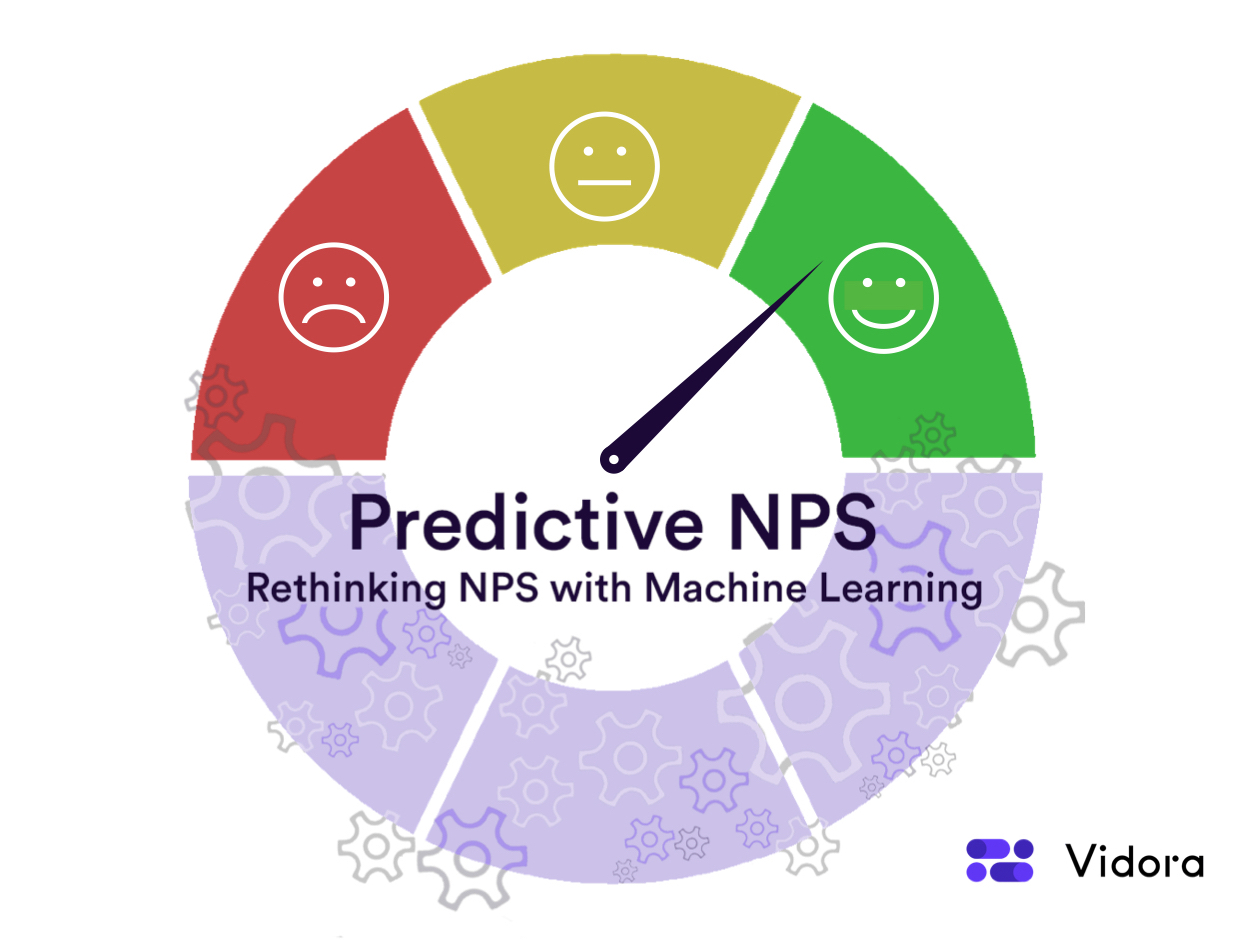
You may be familiar with Exoskeletons and Industrial robots when you speak about robots. These are rehabilitation robots that can perform a wide range of tasks. While industrial robots can perform complex tasks, research robots tend to be more focused on research. Here are some examples of different robot types:
Rehabilitation can be made possible by exoskeletons
Exoskeletons are new corporeal forms that attempt to reappropriate the human body. Apart from their clinical applications, exoskeletons remain a popular topic for academic and public education. Exoskeletons are currently being developed for rehabilitation. In some cases, patients are using them to restore their mobility and quality of life. But they might not be right for every patient.

Complex tasks can be performed by industrial robots
Robotic industrial machines are capable of performing a wide range of tasks, including assembly and welding. These robots are capable of performing repetitive, difficult tasks without the need for workers. Furthermore, modern robots are able to perform a variety of other tasks, such as packaging and machine tending. Depending on the task, they can also perform more complex tasks, such as welding and milling.
Research robots may also be known as research robots.
This article explores the ethics and politics of robotics research to help answer the question, "Do research robots really represent the future?" The debate about robotics' ethical implications is not over. However, the public has different expectations than the robotic system's capabilities. The media's role in this discussion is understandable, given its ability to influence public opinion and shape perceptions of technology.
Complex tasks can be completed by Cartesian robots
Cartesian robotics can be used in complex tasks across many industries. They can manipulate complex objects because of their linear axes which are aligned at right angles. They are commonly used in manufacturing, and their applications range from pick-and-place operations to dispensing and assembly. In fact, they can even insert straight lines into furnaces. While robots can be complex, they are simple to program and can take simple measurements.

Artificial intelligence is involved in robotics
The role that robots play in our daily lives is changing with the advancements in technology. For example, industrial robotics are able perform repetitive tasks by themselves without the aid of humans. What makes these robots different from humans? Let's see how AI can improve industrial robotics. What makes this so exciting? Let's take look at some examples.
FAQ
Is Alexa an Artificial Intelligence?
The answer is yes. But not quite yet.
Alexa is a cloud-based voice service developed by Amazon. It allows users to interact with devices using their voice.
The Echo smart speaker, which first featured Alexa technology, was released. Other companies have since used similar technologies to create their own versions.
These include Google Home, Apple Siri and Microsoft Cortana.
What is the latest AI invention
The latest AI invention is called "Deep Learning." Deep learning, a form of artificial intelligence, uses neural networks (a type machine learning) for tasks like image recognition, speech recognition and language translation. It was invented by Google in 2012.
Google recently used deep learning to create an algorithm that can write its code. This was done with "Google Brain", a neural system that was trained using massive amounts of data taken from YouTube videos.
This enabled it to learn how programs could be written for itself.
IBM announced in 2015 they had created a computer program that could create music. Neural networks are also used in music creation. These are known as NNFM, or "neural music networks".
Which are some examples for AI applications?
AI can be applied in many areas such as finance, healthcare manufacturing, transportation, energy and education. Here are just a few examples:
-
Finance - AI is already helping banks to detect fraud. AI can spot suspicious activity in transactions that exceed millions.
-
Healthcare – AI is used in healthcare to detect cancerous cells and recommend treatment options.
-
Manufacturing - AI can be used in factories to increase efficiency and lower costs.
-
Transportation - Self-driving cars have been tested successfully in California. They are currently being tested around the globe.
-
Utilities can use AI to monitor electricity usage patterns.
-
Education - AI is being used for educational purposes. Students can, for example, interact with robots using their smartphones.
-
Government - AI can be used within government to track terrorists, criminals, or missing people.
-
Law Enforcement – AI is being used in police investigations. Search databases that contain thousands of hours worth of CCTV footage can be searched by detectives.
-
Defense - AI can both be used offensively and defensively. It is possible to hack into enemy computers using AI systems. For defense purposes, AI systems can be used for cyber security to protect military bases.
Where did AI originate?
In 1950, Alan Turing proposed a test to determine if intelligent machines could be created. He stated that intelligent machines could trick people into believing they are talking to another person.
John McCarthy took the idea up and wrote an essay entitled "Can Machines think?" In 1956, McCarthy wrote an essay titled "Can Machines Think?" In it, he described the problems faced by AI researchers and outlined some possible solutions.
How does AI impact work?
It will revolutionize the way we work. It will allow us to automate repetitive tasks and allow employees to concentrate on higher-value activities.
It will help improve customer service as well as assist businesses in delivering better products.
This will enable us to predict future trends, and allow us to seize opportunities.
It will enable organizations to have a competitive advantage over other companies.
Companies that fail AI will suffer.
How does AI work?
Basic computing principles are necessary to understand how AI works.
Computers save information in memory. Computers use code to process information. The code tells a computer what to do next.
An algorithm is a set or instructions that tells the computer how to accomplish a task. These algorithms are usually written in code.
An algorithm is a recipe. An algorithm can contain steps and ingredients. Each step might be an instruction. For example, one instruction might say "add water to the pot" while another says "heat the pot until boiling."
Statistics
- The company's AI team trained an image recognition model to 85 percent accuracy using billions of public Instagram photos tagged with hashtags. (builtin.com)
- By using BrainBox AI, commercial buildings can reduce total energy costs by 25% and improves occupant comfort by 60%. (analyticsinsight.net)
- According to the company's website, more than 800 financial firms use AlphaSense, including some Fortune 500 corporations. (builtin.com)
- That's as many of us that have been in that AI space would say, it's about 70 or 80 percent of the work. (finra.org)
- Additionally, keeping in mind the current crisis, the AI is designed in a manner where it reduces the carbon footprint by 20-40%. (analyticsinsight.net)
External Links
How To
How to set up Cortana daily briefing
Cortana in Windows 10 is a digital assistant. It is designed to help users find answers quickly, keep them informed, and get things done across their devices.
Setting up a daily briefing will help make your life easier by giving you useful information at any time. The information can include news, weather forecasts or stock prices. Traffic reports and reminders are all acceptable. You can choose the information you wish and how often.
Win + I will open Cortana. Click on "Settings" and select "Daily Briefings". Scroll down until you can see the option of enabling or disabling the daily briefing feature.
If you have the daily briefing feature enabled, here's how it can be customized:
1. Open the Cortana app.
2. Scroll down to "My Day" section.
3. Click the arrow to the right of "Customize My Day".
4. Choose the type of information you would like to receive each day.
5. Change the frequency of the updates.
6. Add or remove items from the list.
7. Save the changes.
8. Close the app